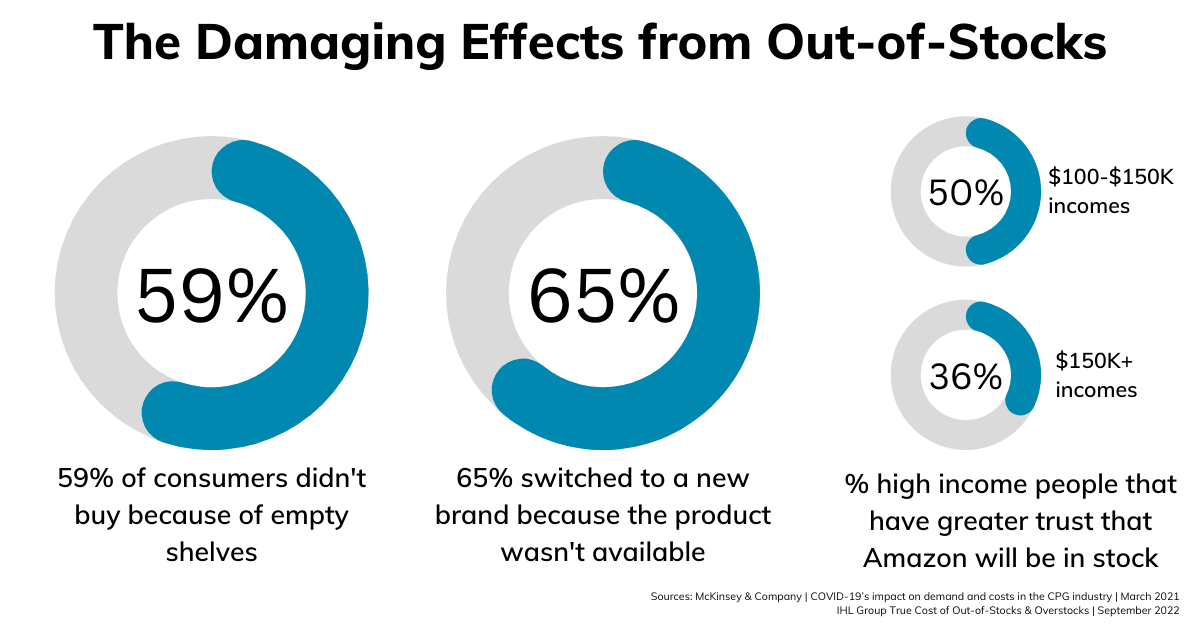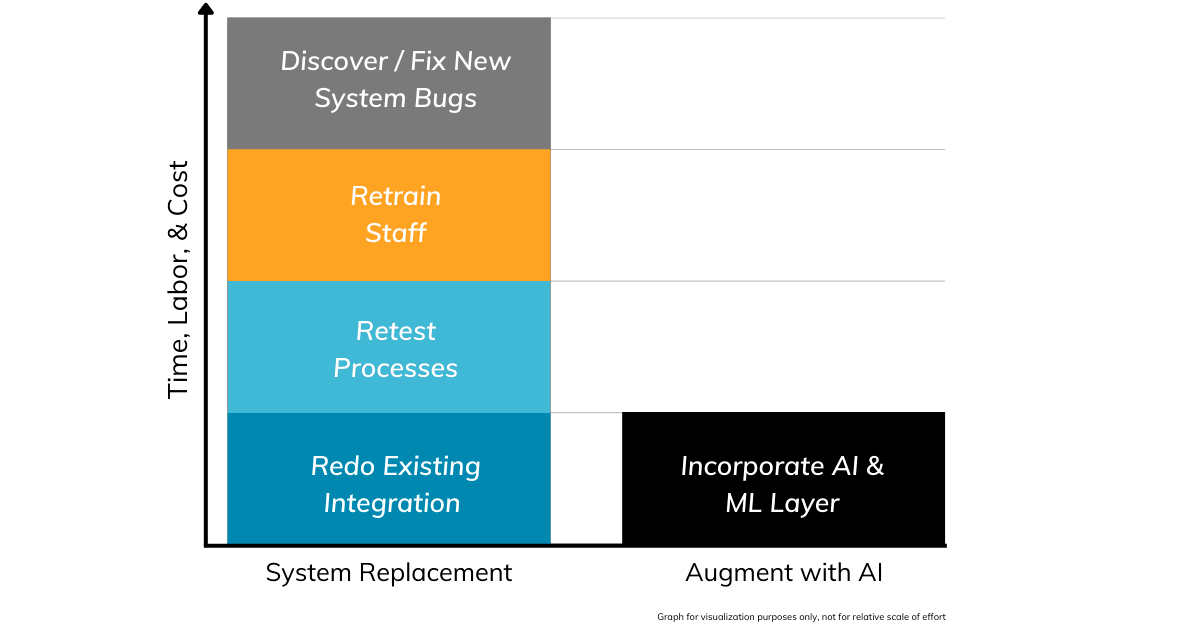A New Season
NFL Football season is upon us. And while I get to spend several hours watching my favorite team, my colleagues at Zebra MotionworksTM are revving up their analysis and insights as "The Official On-Field Player-Tracking Provider" of the NFL.
As a fan, I'm amazed by all the information from tracking technology. Besides being cool, it captures data points that weren't even possible before and provides detailed views of players' health and performance. This data trove revolutionizes how staffs evaluate players and transforms how coaches game plan.
NFL coaches are always looking for the edge - to be more competitive in a game of inches. In a recent Chalk Talk podcast, Super Bowl-winning coach Sean Payton explains how technology has transformed football. He shares how technology is a simple solution to many challenges, the data points his staff regularly looked at, and the insights gained.
"From the training room to the classroom to the field, how we
train our athletes - all of that has been impacted by the
advancements in technology."
Sean Payton, Super Bowl-winning coach
Inventory Chaos
The past years have been chaotic, to say the least, with retail and CPG companies experiencing both inventory shortages and gluts. The IHL Group recently published a study that put the total cost of overages and shortages at $1.993 or nearly $2 trillion - up 12.7% since 2020. $1.235 trillion of this cost is due to out-of-stock, and $758 billion is due to overstocks.
But the secondary effects are even more painful. When cash is locked up in inventory, companies don't have the freedom or agility to make the necessary investments. And the cost of being understocked is not limited to lost sales. According to various studies, the primary reason consumers try another brand is? Availability. The primary reason consumers leave a store without purchasing? Empty shelves. The retailer that most higher incomes are going to because of lack of trust in others? Amazon.

Just like the NFL, the traditional retail and CPG playbook doesn't work anymore, and companies are using new data sources to gain that edge. "Data that wasn't even captured before is now captured," according to Sivakumar Lakshmanan, CEO, antuit.ai - now part of Zebra Technologies in a recent interview. But this data capturing goes beyond the need to capture data for data's sake; intelligent systems use the data to drive inventory decisions. Wine companies can use weather data to plan their shipments to avoid excessive heat, and health companies can utilize pollen data to place allergy medicine in suitable locations.
A Trifecta of Innovation
Technology is taking the lead in solving tomorrow's problems. Due to technology investments, labor productivity grew by 2.2% annually between 2020 and 2021, up from a 0.9% average annual growth from 2011 to 2019. And in IHL Group's beforementioned report, "Better systems and processes have provided $23.9 billion in sales improvement in the last two years alone."
AI, Cloud, and SaaS technologies are a big reason for these gains. As discussed by us before, cloud computing increases processing power while lowering costs. SaaS subscriptions force software providers to be more accountable for their promises. And AI solutions decipher data at escalating speed, scale, and sophistication. It's a trifecta of innovation.

Despite the excitement, AI technologies alone are not a magic bullet. After all, many AI projects fail to deliver expected results, and transformative results require human interaction with the AI system. Business users don't have to know the details behind how the AI works, but they should conceptually understand what it's doing and how to use it. It's like someone telling you Big Data is the solution to all problems, then never following up with how to use the actual data thrown in front of you. Oh wait, that happened.
But this article isn't about AI benefits - it's about how data and AI can transform your thinking and approach as analytics did in baseball, football, soccer, and other sports.
Transformation through Augmentation
The biggest challenge that CPG companies face today is anticipating consumer demand. Seventy-six percent of supply chain leaders are saying they are facing greater and more frequent disruptions than three years ago. Supply chain issues compounded by shifting buying behavior have inventory whipsawing from shortages to overages. Digitizing an entire supply chain can cost tens of millions of dollars and take 3-5 years. And this investment doesn't include the costs of adding new production and storage facilities. Businesses can't wait that long and spend that much to see change.
Using AI to augment systems is a viable alternative. System augmentation is not new, but before, it added new features and capabilities onto a core ERP solution when that functionality wasn't there. System augmentation for AI adds intelligence to get the number right.
Let's take a typical situation. Demand Planning is executed through a system that provides multiple data views, drives down into details, combines information across channels, and allows you to adjust the plan. But suppose the underlying forecast isn't correct or doesn't use the proper demand drivers. Does the demand planner bump it up or reduce it by their knowledge? In that case, the value is diminished – as users will have bias. In the next step, sales and marketing add their projections to establish a consensus. But is that new number accurate? Probably not. And how quickly can you adjust this plan according to this process? Yearly, biannually, quarterly? When is it too late?
The benefit of augmenting your solutions with AI is maximizing your current investments, increasing innovation speed, and doing so at a lower cost.
Suppose you have spent millions on a replenishment system that functions well, but you are unsatisfied with the results it is providing you. In that case, it's already integrated with your warehouse, ordering, and inventory management systems. If you replace the system, those interfaces will need to be reworked for no added benefit. You're also going to have to retest your processes and retrain your staff. Not to mention all the new issues that will always appear when implementing software. All of these require specialists and pulling people from their day job to support them.

Conversely, if the core issue is that you are struggling to keep up with consumer demand shifts, then the issue may not be the system itself but the forecasting and intelligence behind it. If you could infuse more intelligence into the system (i.e., augment), you can mitigate your largest problem and drive additional value out of your current systems.
Does this mean you never need to replace that system? No. It provides you a fix to your most important issue faster and cheaper. Additionally, when the business need determines to replace said system, you can look to keep the intelligence while improving the execution portion.
This system augmentation approach has already been proven. Messrs. Simichi-Levi and Timmermans showcase how to spend less and accomplish more in their hbr.org article. In the article, the Head of MIT Data Science Lab & Sr. Managing Director from Accenture state that by leveraging "a consensus forecast with a unified view of demand" as the foundational initiative, they can lower the transformation costs from tens of millions and a 3-5 year timeframe to a few million and a timeframe of 12 to 24 months.
The Familiar Tug of Hope
Despite the "whack-a-mole" atmosphere with new issues rising, others seeming to disappear only to suddenly appear again, we've continued to see improvements through technological advancements and human ingenuity. Like the NFL with its embrace of data, retail and CPG companies welcome data, AI, machine learning, and innovative ideas to gain that edge. So, as winter approaches and football season begins, many passionate NFL fans, like me, feel that familiar tug of hope for better results and methods, not just on the field but in the workplace.

